This Forum will close on Wednesday 27 March, 2024. Please refer to the announcement on the Discussions page for further detail.
Is this Fireblight?
Total garden newbie here! I have a Pyracantha hedge that wraps my conservatory. About 30% of it has recently developed a lot of brown / black leaves and looks to be dieing (see the attached photos).
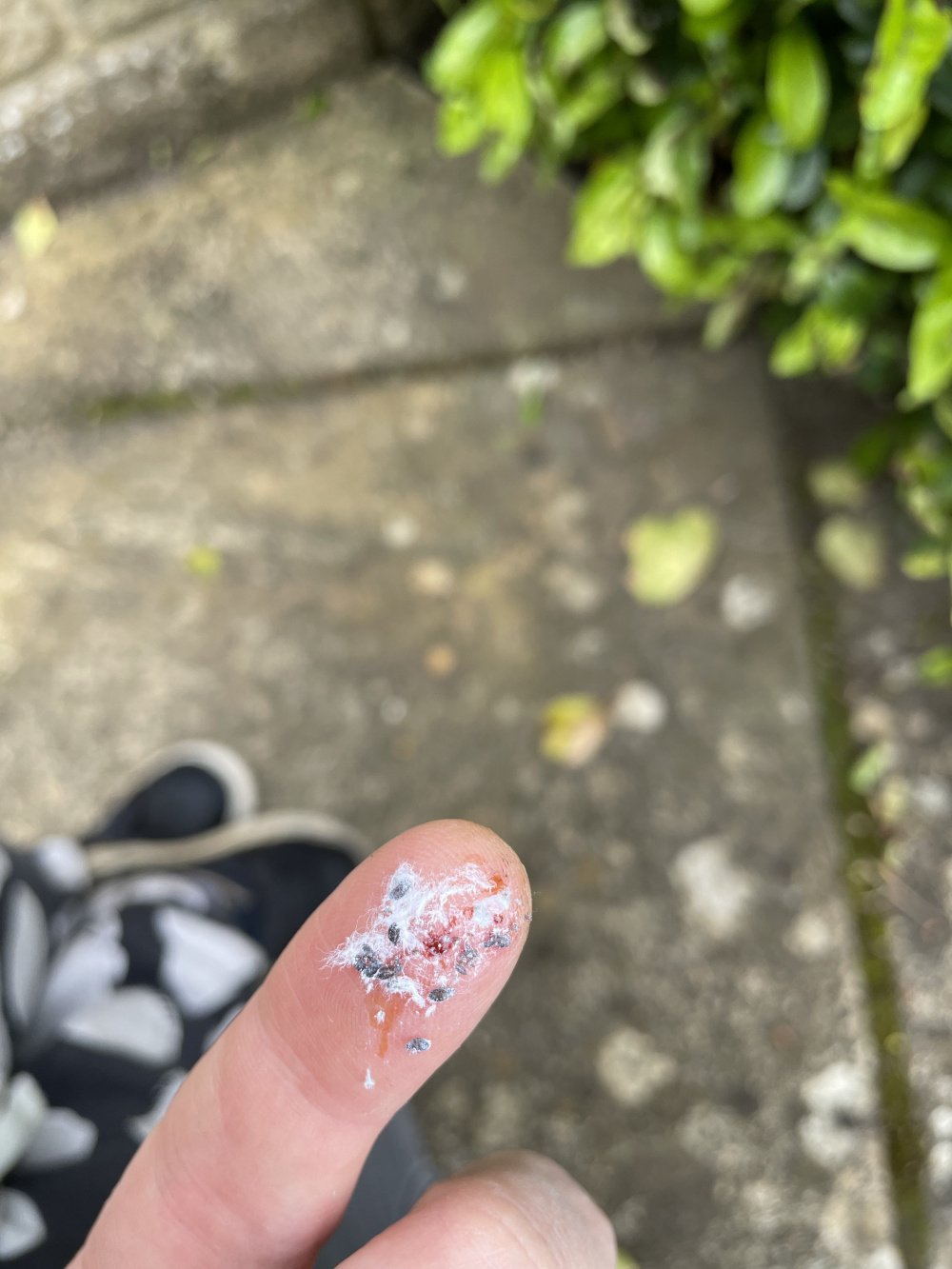
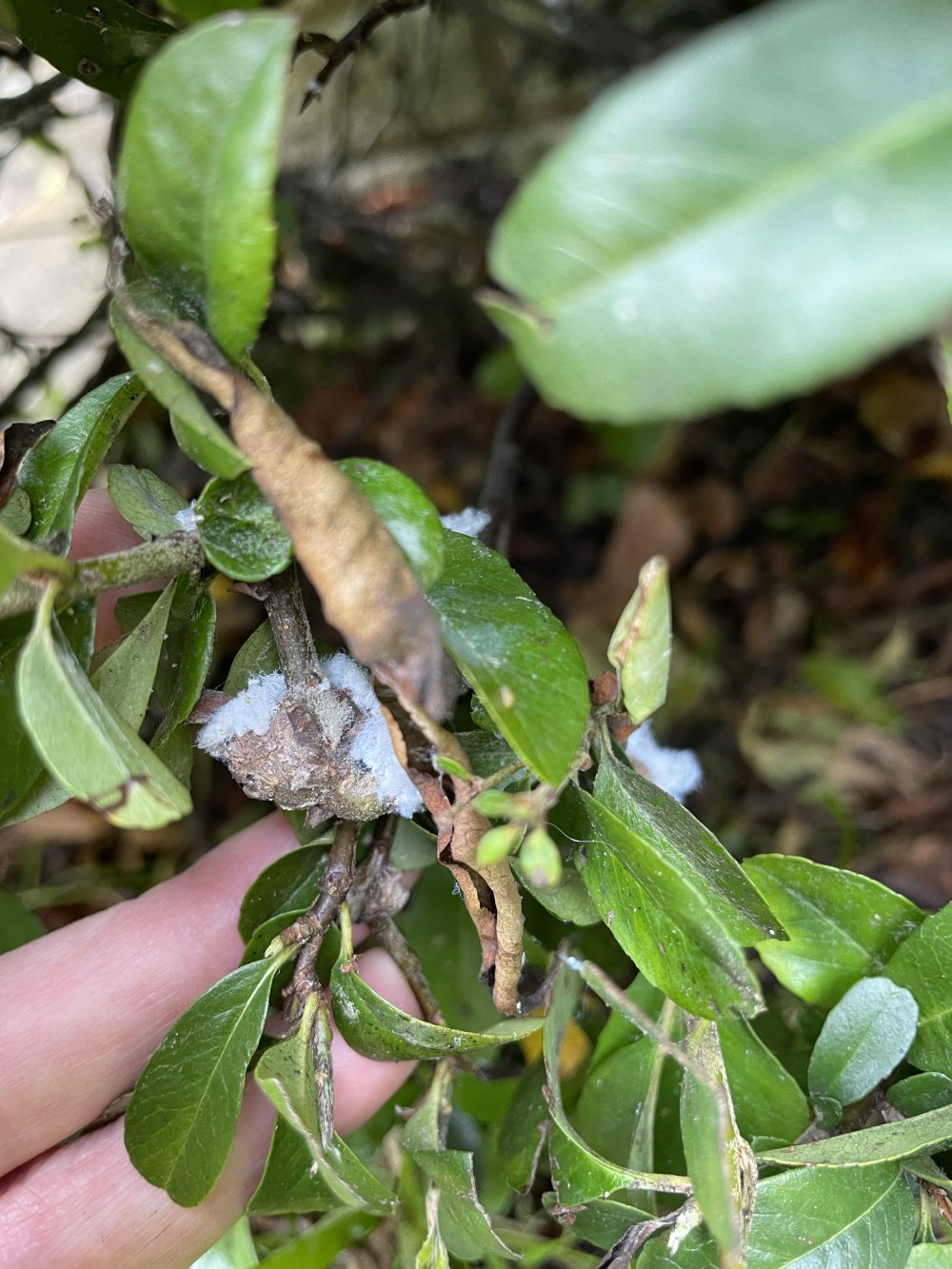
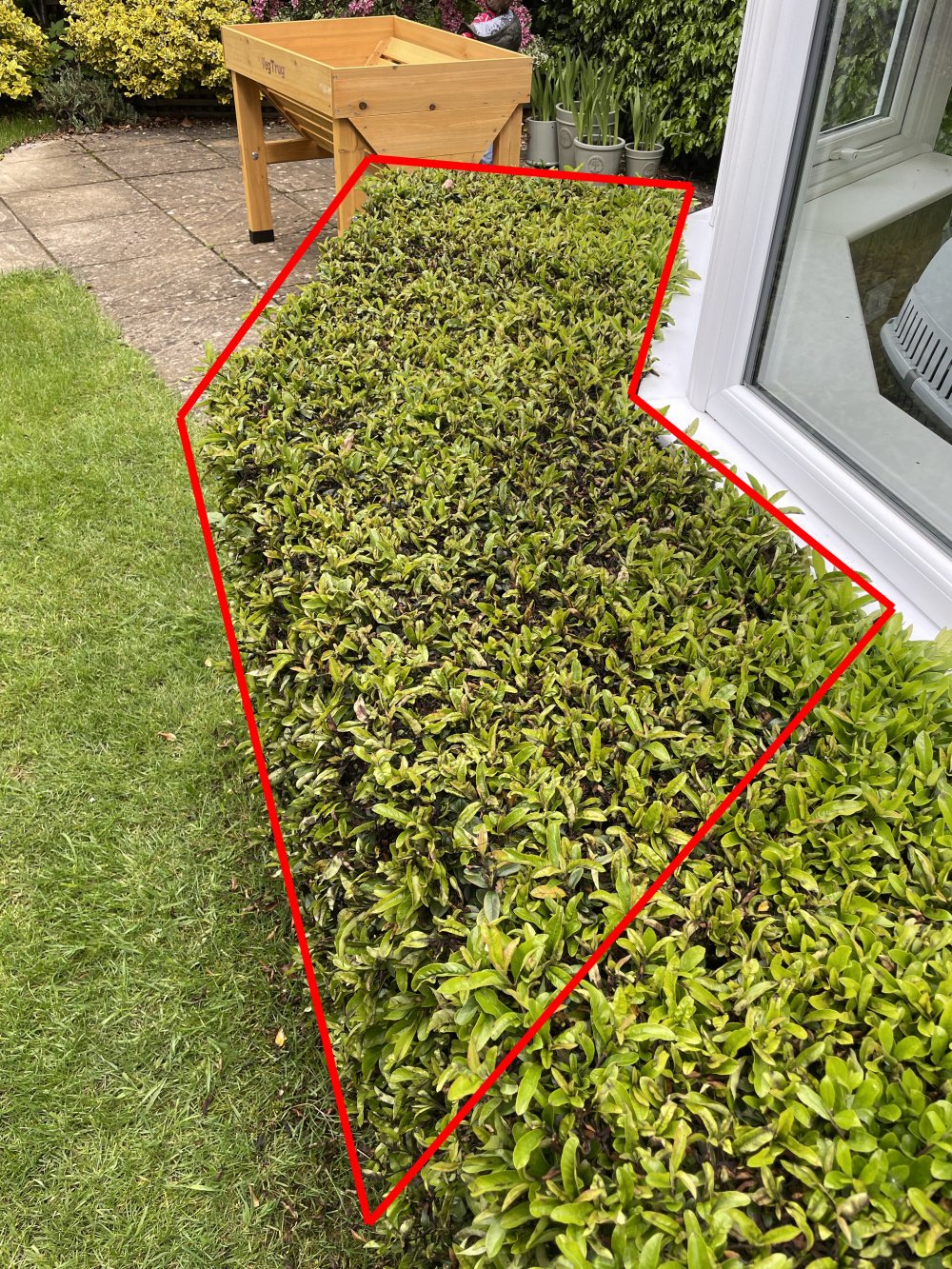
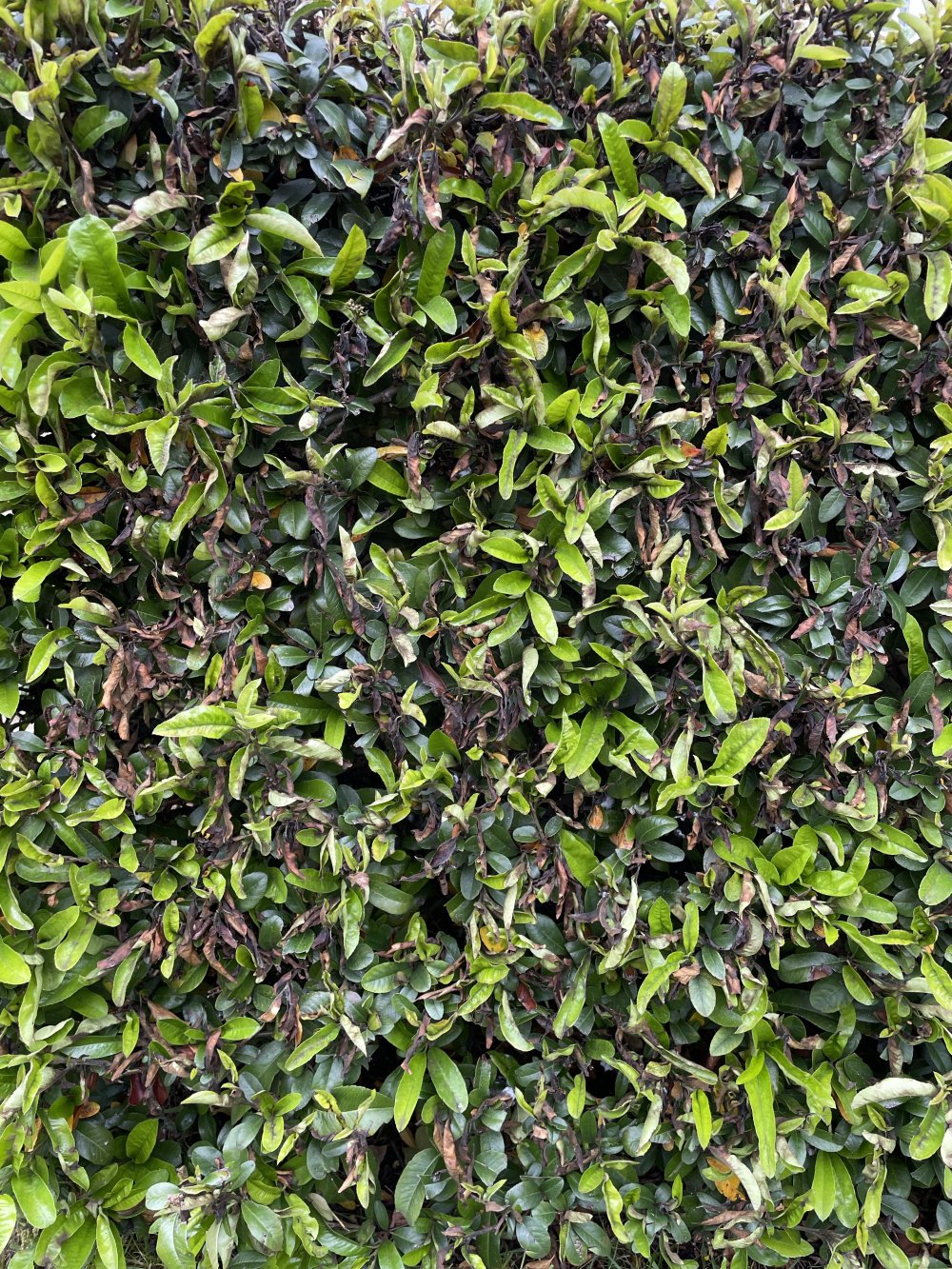
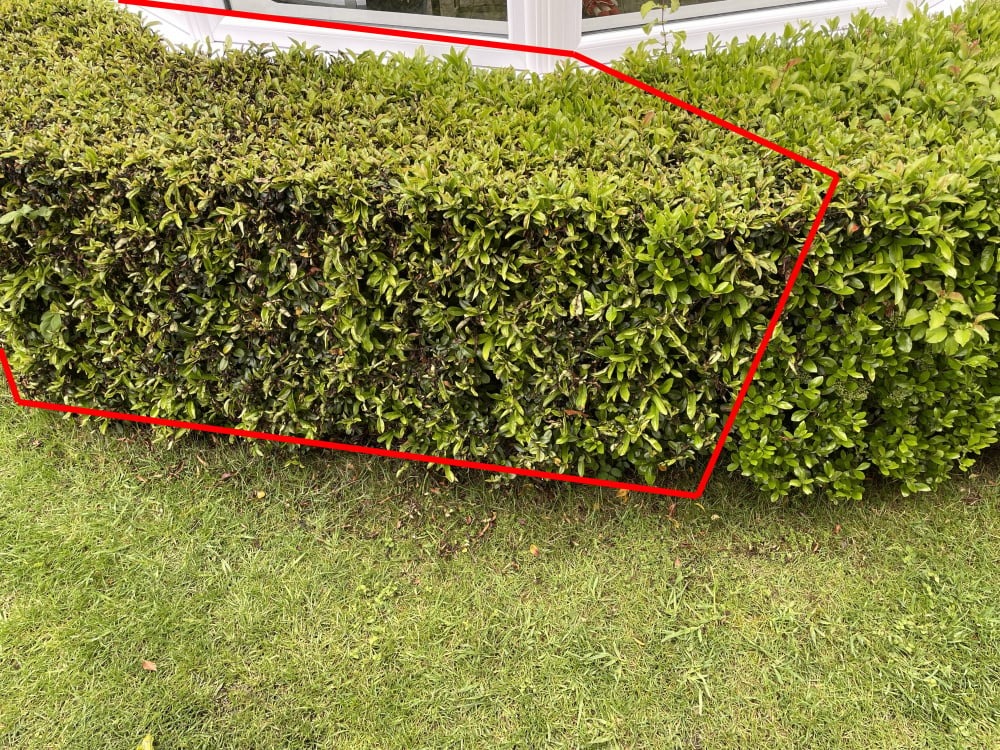
I've identified what appears to be Woolly Aphid in the dieing section but I'm not sure if this is the cause of the dead leaves? From my research online it seems to resemble Fireblight but I'd like some additional confirmation before I do anything drastic...
Can this hedge be saved?





0
Posts
The die-back could be due to icy winds over winter, but I suppose it could also be something else.
I have 2 euonymus that have suffered in the same way and I'm pretty sure mine are due to icy winds. It's the first time it's happened in 20+ years
PS the other thing the white woolly stuff could be is euonymus scale insects - I get them on mine too.
Billericay - Essex
Knowledge is knowing that a tomato is a fruit.
Wisdom is not putting it in a fruit salad.
"Have nothing in your garden that you don't know to be useful, or believe to be beautiful."
I wouldn't worry unnecessarily though. When plants are stressed by anything it allows infection/pests in. You can cut them back and they'll produce new foliage when conditions suit better. Sometimes that's the easiest thing to do.
I had a problem with one of mine having a bit of scab a few years ago - cut it all out, and it's been fine. The winter weather hasn't affected it in any way, but it's in the right growing conditions.
I live in west central Scotland - not where that photo is...
If you can remove the 'white fluff', you may see the scale insects or aphids, but the remedy would be the same - hand removal and/or a bit of pruning. Scale can often be removed by the methylated spirits method, or scrubbing it off, but that's not easy with a prickly pyracantha, for obvious reasons!
I've never had scale on anything, and certainly not on pyracantha, but it's not necessarily a major problem. Stress allows pests to get hold, and that's the thing to address for future if possible
I live in west central Scotland - not where that photo is...
The bacterium is native to North America and was accidentally introduced into the UK in 1957. It was formerly a notifiable disease but this is no longer the case in mainland Britain; however it is not yet established on the Isle of Man or the Channel Islands. Suspected cases in these areas should be reported to the relevant plant health authority.